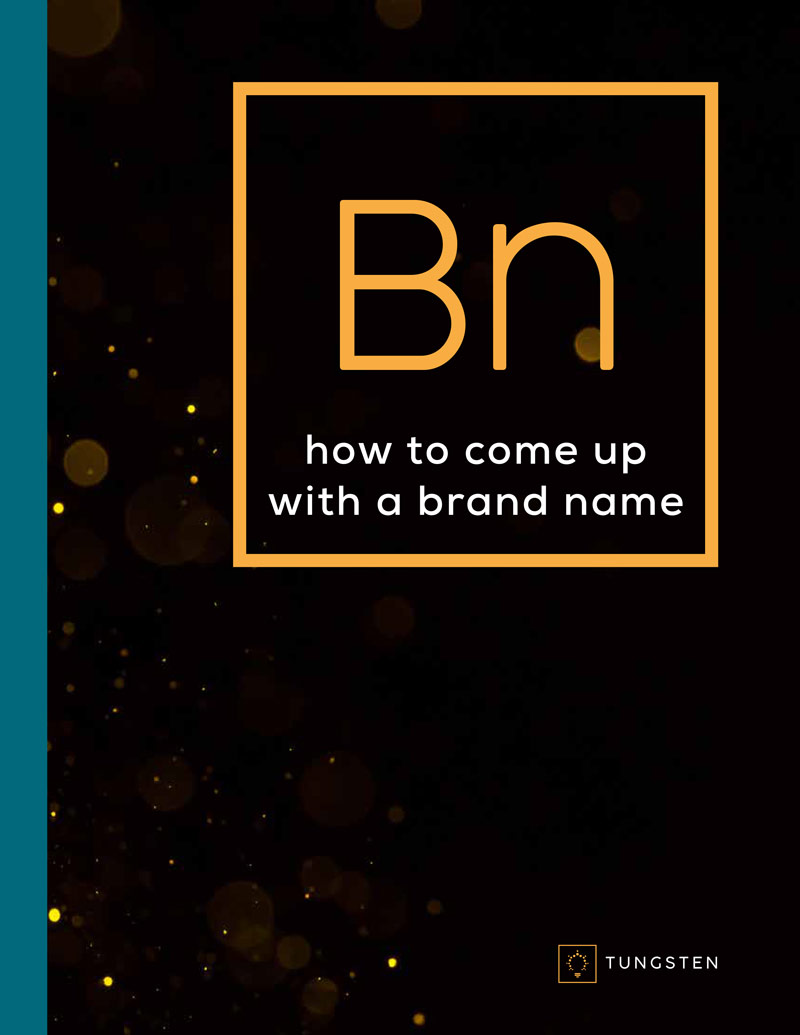One of the most common mistakes in company branding occurs when business owners tie their corporate identity to cyclical products and services instead of their key strengths and attributes. In other words, they become famous for what they do instead of how they do it. This strategy might succeed in the short term, when a particular product or service is selling well (such as being “The Roof King” during a construction boom or right after a hurricane), but if your brand is welded to a specific product, your company will suffer the fate of that product. If it does well, you’ll do well. But if it bottoms out, so will you. What you have, really amounts to a famous commodity. Wouldn’t it make better sense to build your reputation on something more timeless, more stable and more profitable?
To do that, you must know your “pivot point.”
A company’s pivot point is its defining attribute, the central theme, around which everything revolves. Just like a basketball player can move around freely in a complete circle, as long as he keeps one foot firmly planted in place, a company can move in a number of new directions, as long as it stays true, and doesn’t move, from its pivot point.
Just like a basketball player can move around freely in a complete circle, as long as he keeps one foot firmly planted in place, a company can move in a number of new directions, as long as it stays true, and doesn’t move, from its pivot point.
Identifying this pivot point is crucial to ensuring a company’s long term success. If the pivot point is its products, the company will behave accordingly. Apple had the choice of acting like a computer company, and fighting the Dells, Compaqs, and Gateways of the world. After all, their name was Apple Computers. Instead, they evolved and began to operate with a different central focus — one of being an innovative, digital lifestyle provider. This shift in their pivot point took them from the edge of extinction to one of the most highly valued companies in America. They didn’t operate in lock-step according to what the computer industry was doing. With innovation as the common thread, they evolved and grew into music, phones and media. They officially dropped the word “computers” from their name.
Aligning with your pivot point allows for growth and expansion
Minnesota Mining and Manufacturing did something similar. Rather than limiting themselves to regional industrial mining projects, they re-badged as 3M and held up innovation as their guiding light. They now sell everything from Scotch® tape to Post-it® Notes, products known for their ingenuity. By aligning with an attribute vs. a product, you can expand and grow your company in new directions.
[bctt tweet=”By aligning with an attribute vs. a product, you can expand and grow your company in new directions.”]
Volvo could easily market a child car seat with their reputation for safety. Nike’s affirmative “Just Do It,” captured the essence of their brand message, and created a committed fan base that buys everything from sunglasses and shorts to watches and golf balls. Not bad for a running shoe company.
Product-identified companies struggle in the long run
Meanwhile, companies with product based identities continue to face significant challenges. According to USA Today, Radio Shack spent a good portion of a $200 million annual ad budget defining themselves as “The Shack” to avoid the outmoded image of radios. Pizza Hut attempted to shed its pizza only image by becoming “The Hut.” CompUSA suffered in sales with its commodity brand name, while Best Buy (attribute based) continues to perform well. Books-A-Million works hard to be more than an online book store, while Amazon successfully offers a rich diversity of products.
Here’s another take on it: Consumers associate attribute based brands with adjectives, (i.e. cool, smart, trustworthy, exciting, professional) vs. nouns, (i.e. computers, cars, furniture, clothes) So ask yourself these questions…
How do your customers define your company and products?
Do they use nouns or adjectives?
Does your company name remind people of your products or your benefits?
Would customers buy t-shirts with your company name on them?
Determining your own pivot point
If your answers are less than satisfactory, then you need to drill down and determine just what drives your company. Chances are you have based your firm’s reputation on what you do vs. how you do it. Find out just what makes your best customers want to buy from you. Take one of them out to lunch and ask, “Just what is it about our company that makes you want to do business with us?” The answer might surprise you. The goal is to distill it down to just a few words. Your pivot point might be innovation solutions, trust/integrity, brilliant insights, unmatched expertise, proven dependability, service extraordinaire, top tier quality, affordability, problem solving, etc. The important thing is to narrow it down to one primary focus. If you aim at two different targets, you are sure to miss. So lead with your strength.
By defining and aligning, with your pivot point, you will create a more powerful and congruent brand message — one that not only communicates your core capabilities, but also provides direction for future company growth and development. Rather than compete as a known commodity, you can succeed as a vibrant brand.
About the author: With over twenty five years of company naming and branding expertise, Tungsten founder Phil Davis is a marketing and advertising veteran, having personally named over 250 companies, products and services worldwide. As a sought after branding expert, Phil has been quoted in The Wall Street Journal, Inc.com, Businessweek, Entrepreneur, and Newsday.
BY Phil Davis
Brand Naming Expert
With over twenty-five years of company naming and branding expertise, Tungsten founder Phil Davis is a marketing and advertising veteran, having personally named over 250 companies, products and services worldwide. As a sought-after naming expert, Phil has been quoted in The Wall Street Journal, Inc.com, Businessweek, Entrepreneur, and Newsday.




